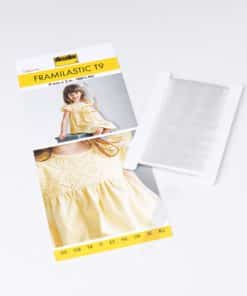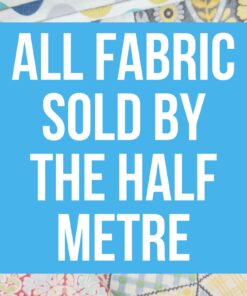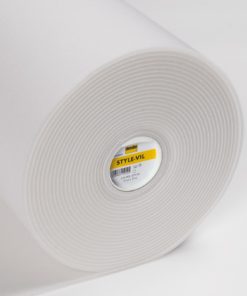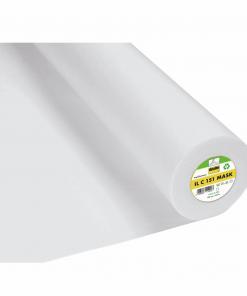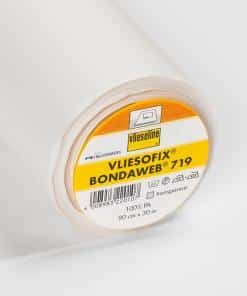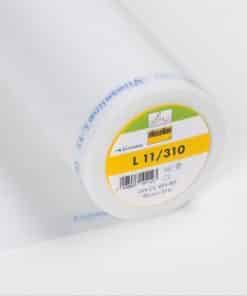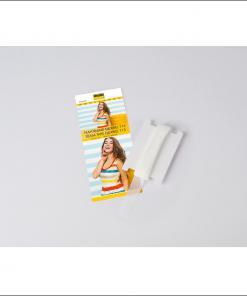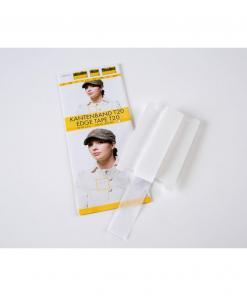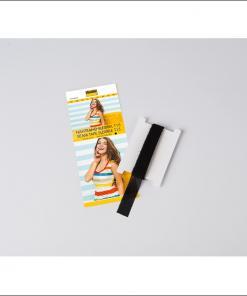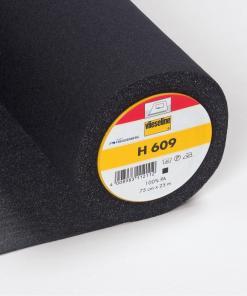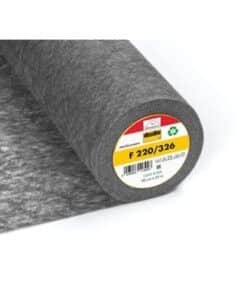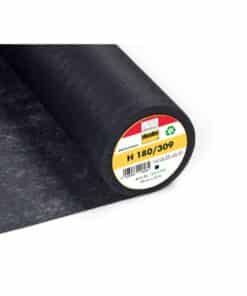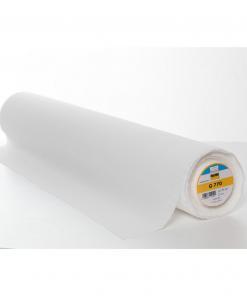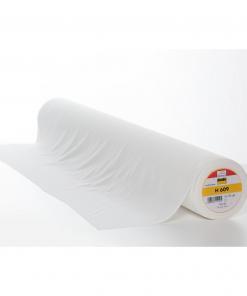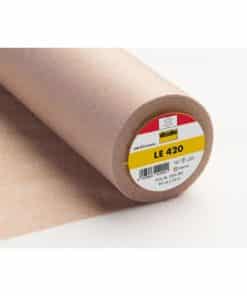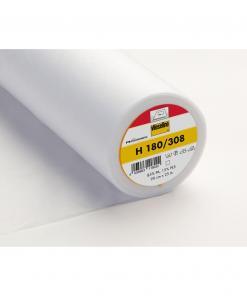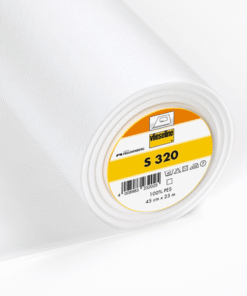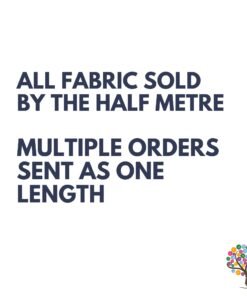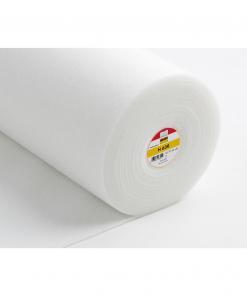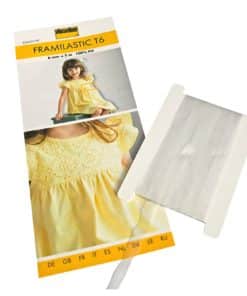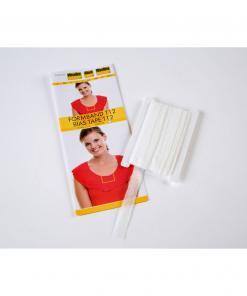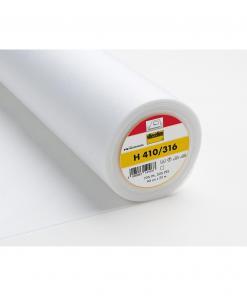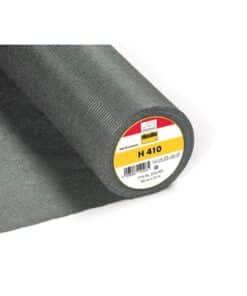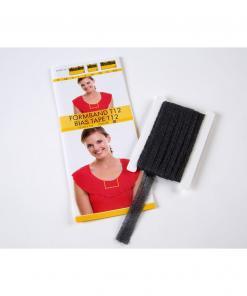Vlieseline and Vilene Interfacings
Vlieseline (previously known as Vilene) are the suppliers of the best quality interfacing, interlining, stabilisers and fusibles. As a result you can use this interfacing in dressmaking, and tailoring. It is also great for crafting, adding volume and stiffness to bags, mats and other projects where ‘substance’ is needed. Whatever the fabric you are using, you can find the interfacing for your project.. Vilene produce a range of different interfacing weights from lightweight for delicate sewing projects to heavy interfacings for pelmets and craft projects.
Vlieseline has become the essential interlining for seams, edges, jackets, blouses, or shirts. Choose from a selection of fusible or woven interlinings and tapes for your project.
We have also trialled and sell a small number of non-Vlieseline interfacings that offer excellent quality at a bargain price.
The best balearic bodybuilding weight gain in bodybuilding andalusia faff feff championship 2015 ~ total bodybuilding.
We sell all our interfacing in half metre increments. Tapes are sold in 5m lengths.
Want to understand more about which Vilene to use? Read our blog post on using the right interfacing here.
Vilene Interfacing FAQs
What is Vilene
Vilene (also known as Vlieseline) is a fabric used to offer substance and volume in garment construction and crafting. Using a quality interfacing will give your projects a more professional finish.
Most Vilene fabrics are non-woven, consisting of a web of fibres (a bit like felt). However Vilene also offers woven interfacings which are particularly useful for use with knitted, stretch and jersey fabrics. There are also a number of Vilene tapes for use in dressmaking - around neck and arm holes to add support to the face fabric and stop fraying and warping. These come as stable non-woven tapes and woven tapes for use with stretchy fabrics.
Vilene is available in fusible (iron on) and sew-in options depending on the project you are working on. The fusible interfacing comes with a heat-activated glue, essentially you iron the interfacing onto the facing fabric.
Once the interfacing is ironed onto the face fabric you can sew with it - it will not harm your sewing machine. Just be aware that if the interfacing is a heavyweight one you may need to use a thicker needle.
Most Vilene interfacing is available in white/cream and black/charcoal. There are a few specialist interfacings that are available in ecru (e.g. LE420 which is suitable for leather).
What Can I Use Vilene For?
You can use interfacing on garment pieces like facings, collars, cuffs, lapels, pockets and waistbands. Interfacing can also be used to reinforce and support areas such as buttonholes, necklines and opening edges.
Vilene is also good for craft projects, adding volume to bags and cases. It can also add stiffness to bag bases and sides.
A great use we have found is to iron your favourite dress pattern onto Vilene interfacing which will ensure that the pattern is more durable, less likely to tear when using pins and can be used many times.
How to Use Vilene
In almost all cases the usage instructions for the interfacing you have chosen will be printed on the edge of the interfacing. This will give you an indication of the iron setting and pressing time. When using the iron, make sure you are not on the steam setting - use a dry iron. Use a firm pressure when pressing the interfacing and allow the piece to cool fully to allow the piece to bond to the face fabric.
If the bonding has not taken properly it is most likely that you have not used enough heat or pressure - increase both and try again!


